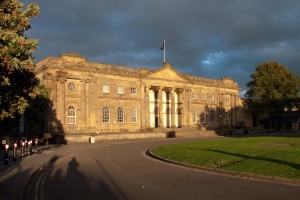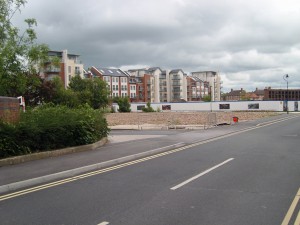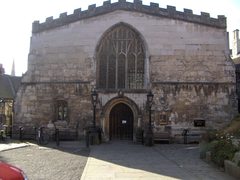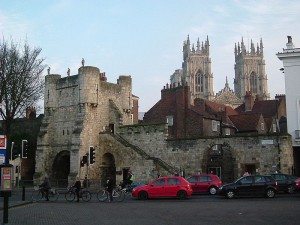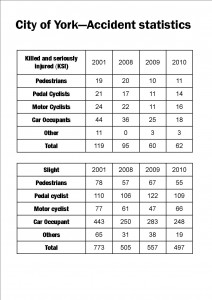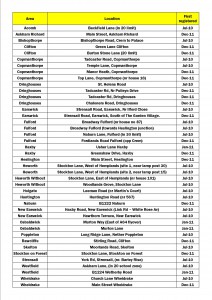Today’s Autumn Statement has been delivered in incredibly difficult and uncertain economic times. But as Liberal Democrats, Nick, myself and the Ministerial team have worked hard to ensure the Autumn
Statement as a package of measures remains true to our party’s values and to the commitment we made to the British people when the coalition was founded. Every decision has been informed by our desire to help to people working hard to make ends meet in difficult times and to put the economy on the right course for the long term.
Getting the economic fundamentals right is crucial. Throughout Europe, countries are being held to ransom by their bond markets. Their failure to take firm control of their spending has had catastrophic consequences. But our resolve to pay down the deficit is sheltering households and businesses across the country from the worst impacts of this storm.
Before the General Election, British long term interest rates were roughly equivalent to Spanish and Italian ones. Now they are much lower. It doesn’t just mean the cost of government debt is cheaper, it keeps mortgage rates and business borrowing costs down too.
These benefits of economic credibility have been secured by the Coalition’s firm resolve to tackle the terrible economic legacy left by Labour. Meanwhile, not only has Ed Balls failed to learn from Labour’s past mistakes, he is also ignoring the sobering evidence from the Eurozone. Labour wants to spend more, borrow more and increase debt – just at the point where we see that countries that borrow more end up in a state of crisis.
In tough times, it’s even more important to ensure that every penny of public money is well spent. As Liberal Democrats we have pressed for resources to be prioritised towards offering practical help to those that need it most and towards investing in infrastructure and social mobility to rebalance our economy
Liberal Democrat policy being delivered in Government has already secured income tax cuts for people on low and middle incomes and action to tackle youth unemployment through the Youth Contract announced by Nick last week. The Autumn Statement goes further – offering help with fuel duty, rail fares, and extending care for 2 year olds so it now reaches 40% of children. It has also increased in the bank levy to ensure they continue to pay their fair share.
Most important, the Autumn Statement secures further investment for the long term – delivering an extra £5bn in capital spending on projects across the country, an extra £1bn to the Regional Growth Fund, and a credit easing package of £20bn to secure cheaper access to finance for small businesses.
This is a package we as Liberal Democrats should be proud of – in difficult times for everyone, working together as a coalition we are taking action to protect the British economy from the storm around us and build a better, more sustainable economy in the future

